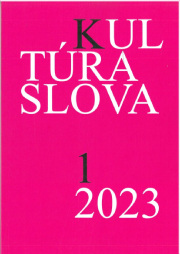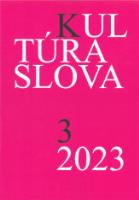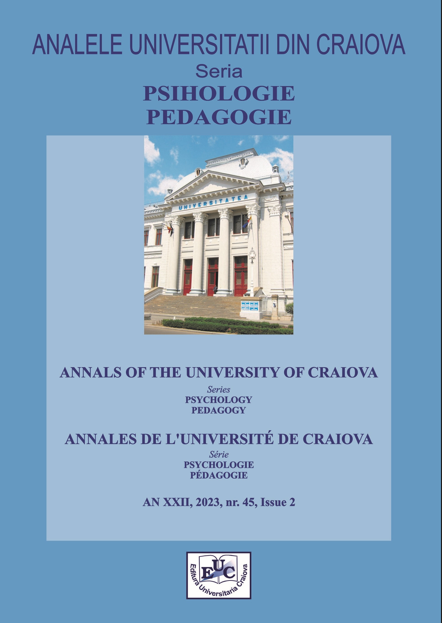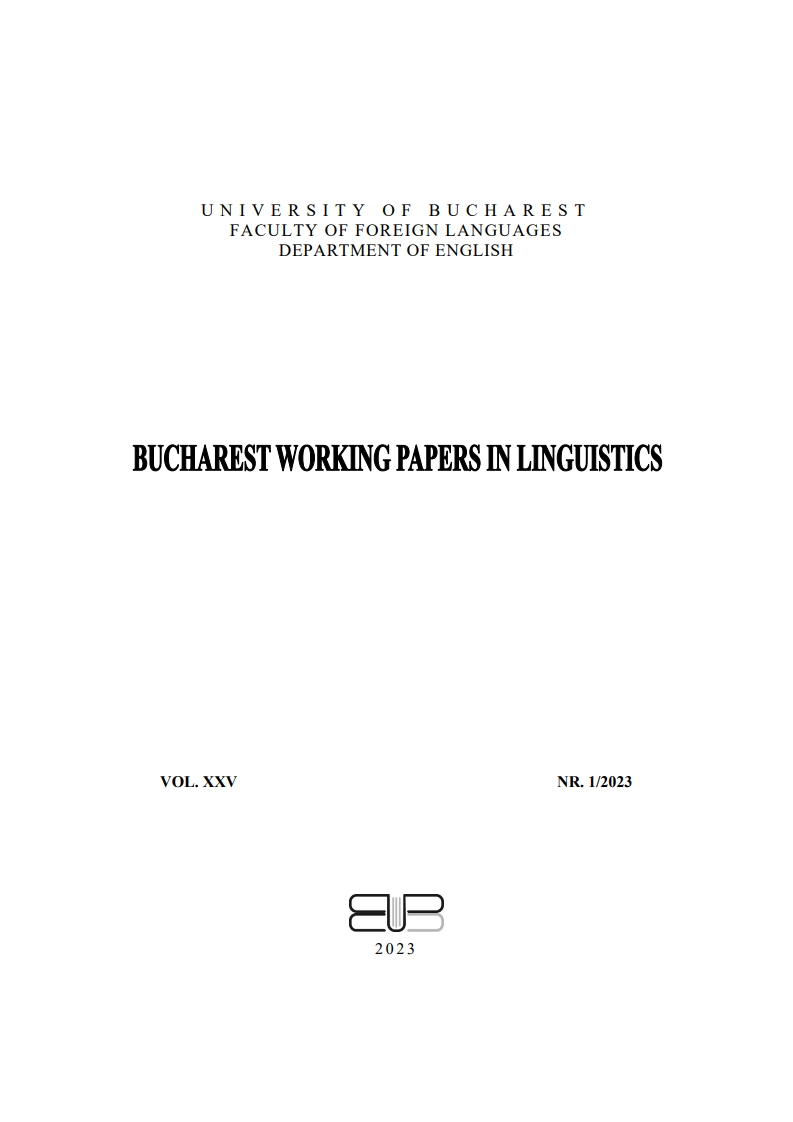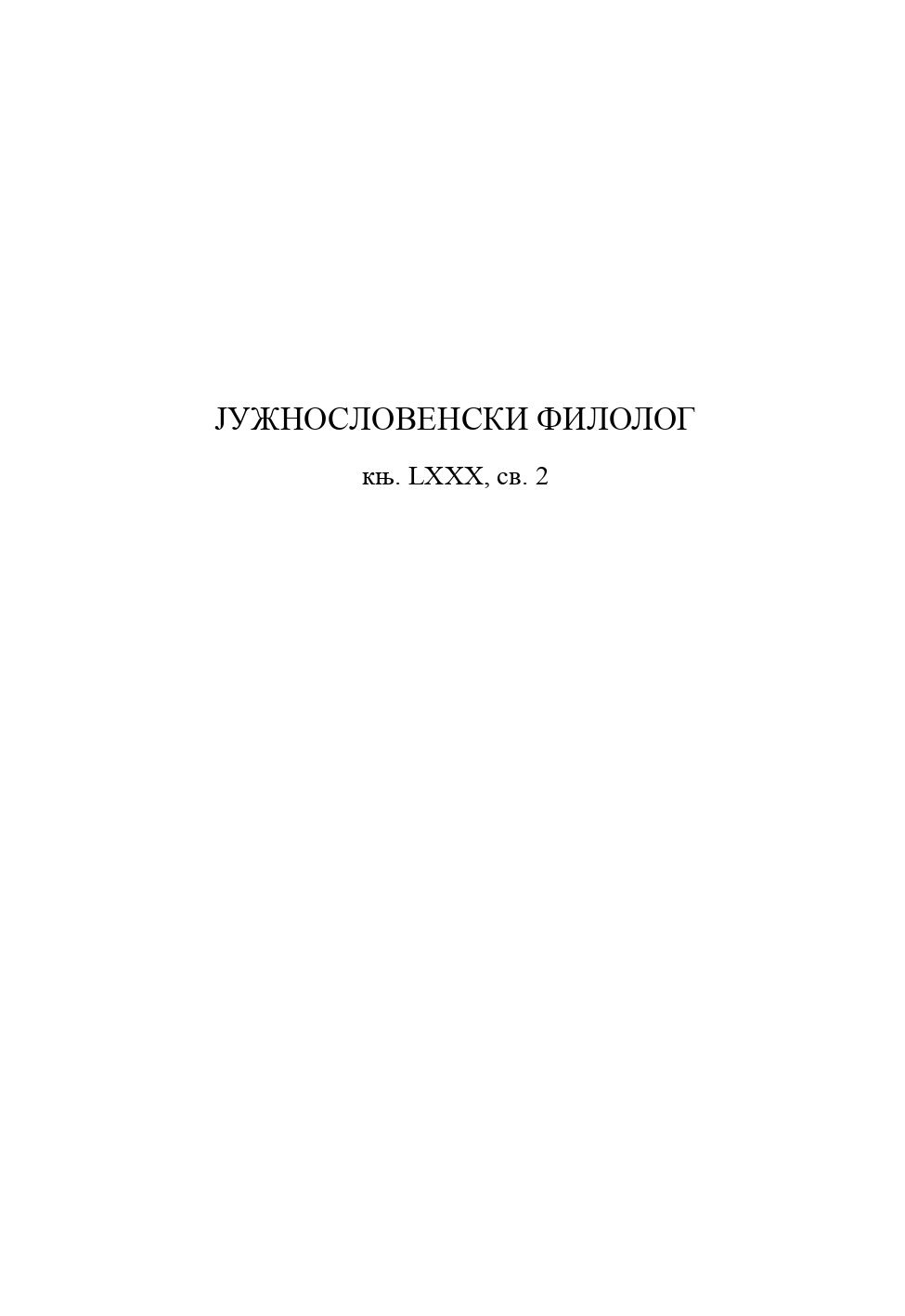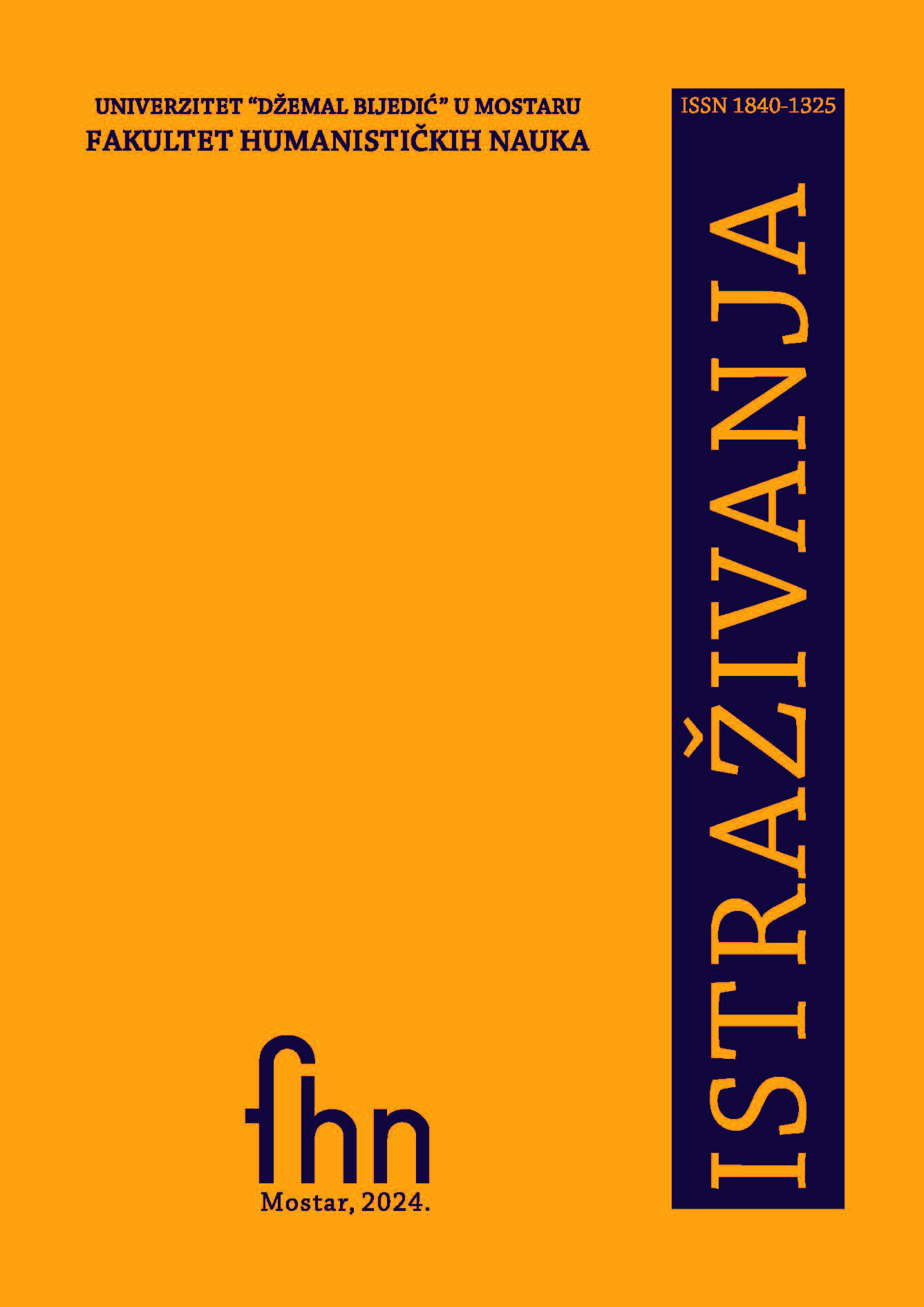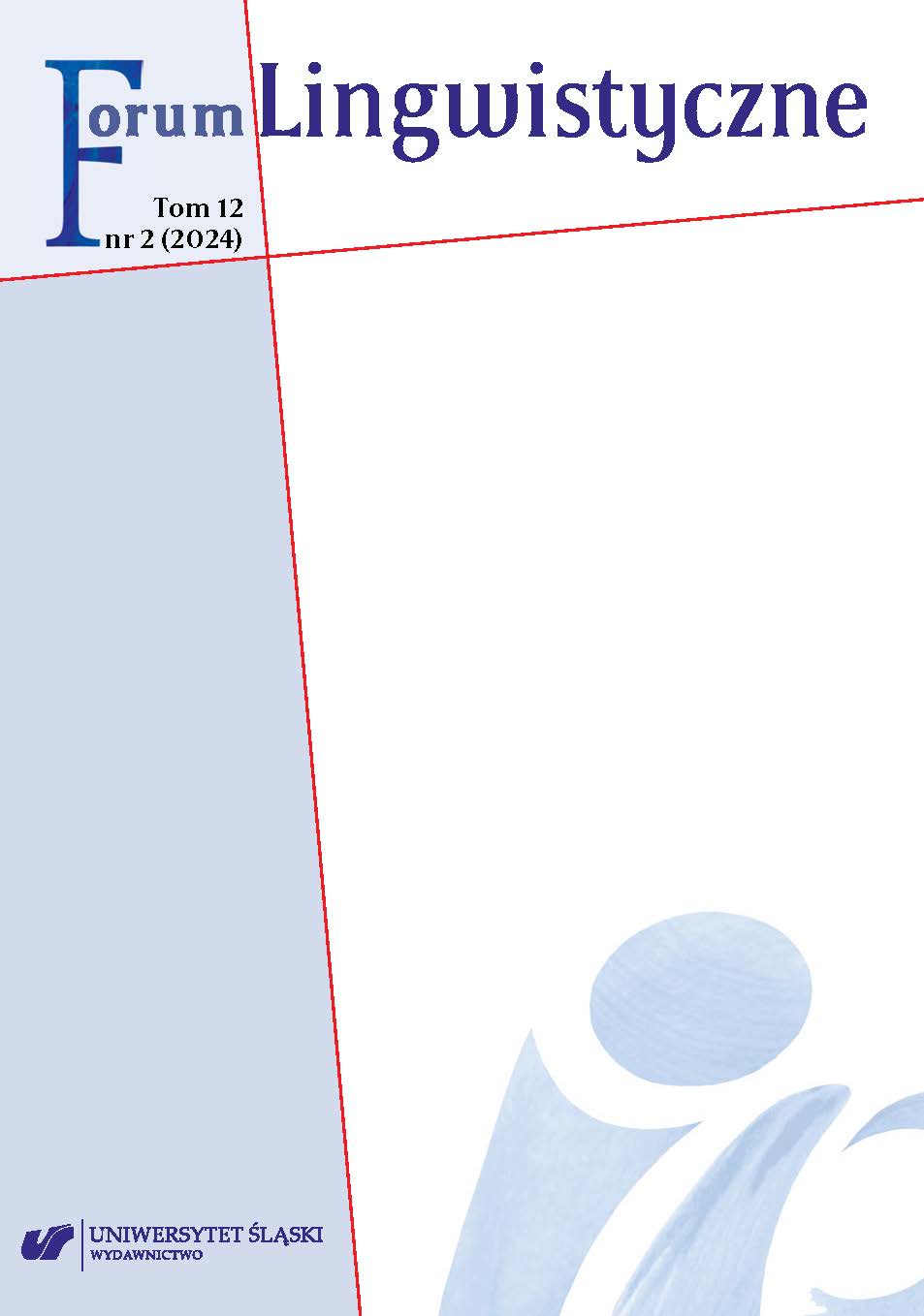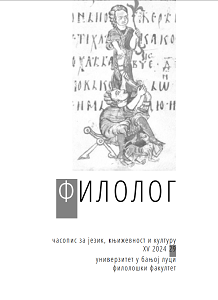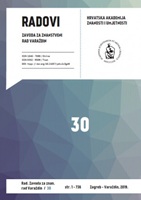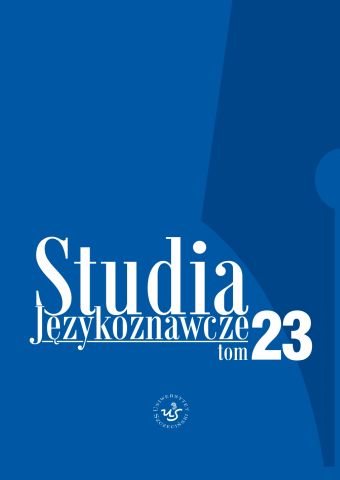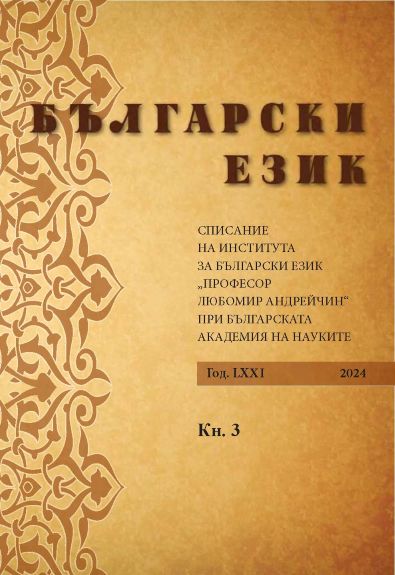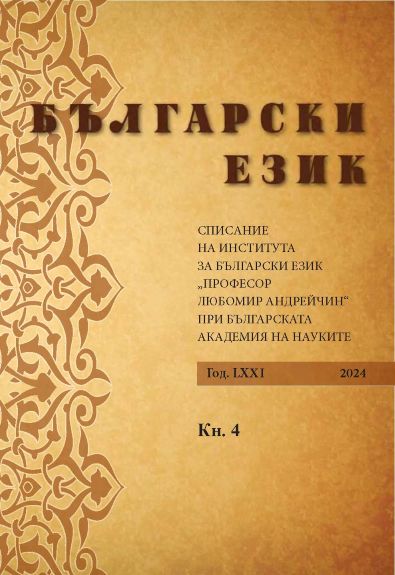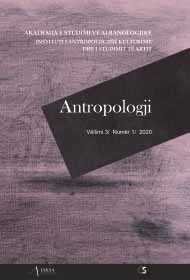
ETNOGRAFIA E TË FOLMES SË REKËS SË EPËRME
The semantic meaning of the lexemes of ethnoculture in linguistics, takes the values of the indicator, which appears not only as a denominator, but also in a wider function, in the sphere of the so-called ethnosemantic or in the “cultural meaning”, which is also treated in the anthropology of language or the ethnography of speech. Based on this premise, the lexemes of ethnoculture within themselves point to the many aspects not only of language and of dialect, but also that of culture, and from this point of view becomes an issue of interest within the popular taxonomy. This taxonomy of the peoples language is broad in terms of the use of lexemes through which are revealed worldviews, religious and cultural concepts of a people. In this context, the topic focuses on the area of ethnology and its relationship with language. The aim is to analyze the religious and cultural aspects, how they affect the semantic plane of certain lexemes focusing directly on the dialect of Reka e Epërme (Upper Reka) and other areas where they have moved. The different religions, Orthodox and Muslim, should be taken into account. They affect language and lexicon and also testify to the common roots and the transmitted heritage material as well as spiritual. Having no intention to turn to the interpretations from the majority of Slavic scientific opinion, it is important to keep in mind that this region and its dialect has been the subject of various speculations. The idea is however to record these ethnolexemes, especially those used by the Orthodox in Northern Macedonia because otherwise, they will pass into the lost lexicon.
More...
